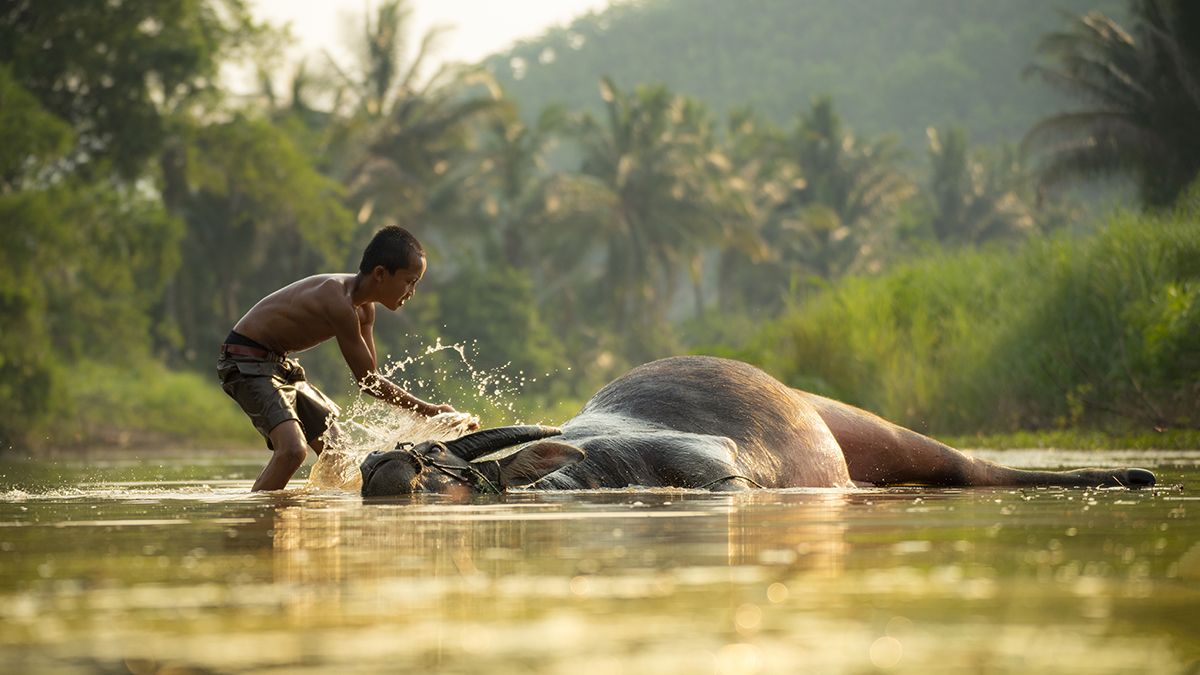At a glance
- Schistosomiasis affects many parts of the world.
- School-age children are the most at risk.

Impacts
Schistosomiasis causes disease in many parts of the world. The most common places are those with unimproved sanitation facilities (where there is no sanitary separation of human waste from human contact). School-age children who live in these areas are often most at risk. They tend to spend time swimming or bathing in water that may have infectious cercariae (the stage of the parasite that infects humans).
If you travel to or live in areas where schistosomiasis is in the freshwater, you are at risk of infection.
Areas where human schistosomiasis is found
- Schistosoma mansoni
- Distributed throughout Africa: There is risk of infection in freshwater in southern and sub-Saharan Africa–including the great lakes and rivers as well as smaller bodies of water. Transmission also occurs in the Nile River valley in Sudan and Egypt.
- South America: Including Brazil, Suriname, and Venezuela.
- Caribbean (risk is very low): Dominican Republic, Guadeloupe, Martinique, and Saint Lucia.
- S. haematobium
- Distributed throughout Africa: There is risk of infection in freshwater in southern and sub-Saharan Africa–including the great lakes and rivers as well as smaller bodies of water. Transmission also occurs in the Nile River valley in Egypt and the Mahgreb region of North Africa.
- Found in areas of the Middle East.
- A recent focus of ongoing transmission has been identified in Corsica.
- S. japonicum
- Found in Indonesia and parts of China, Philippines, and Southeast Asia.
- S. mekongi
- Found in Cambodia and Laos.
- S. intercalatum
- Found in parts of Central and West Africa.
